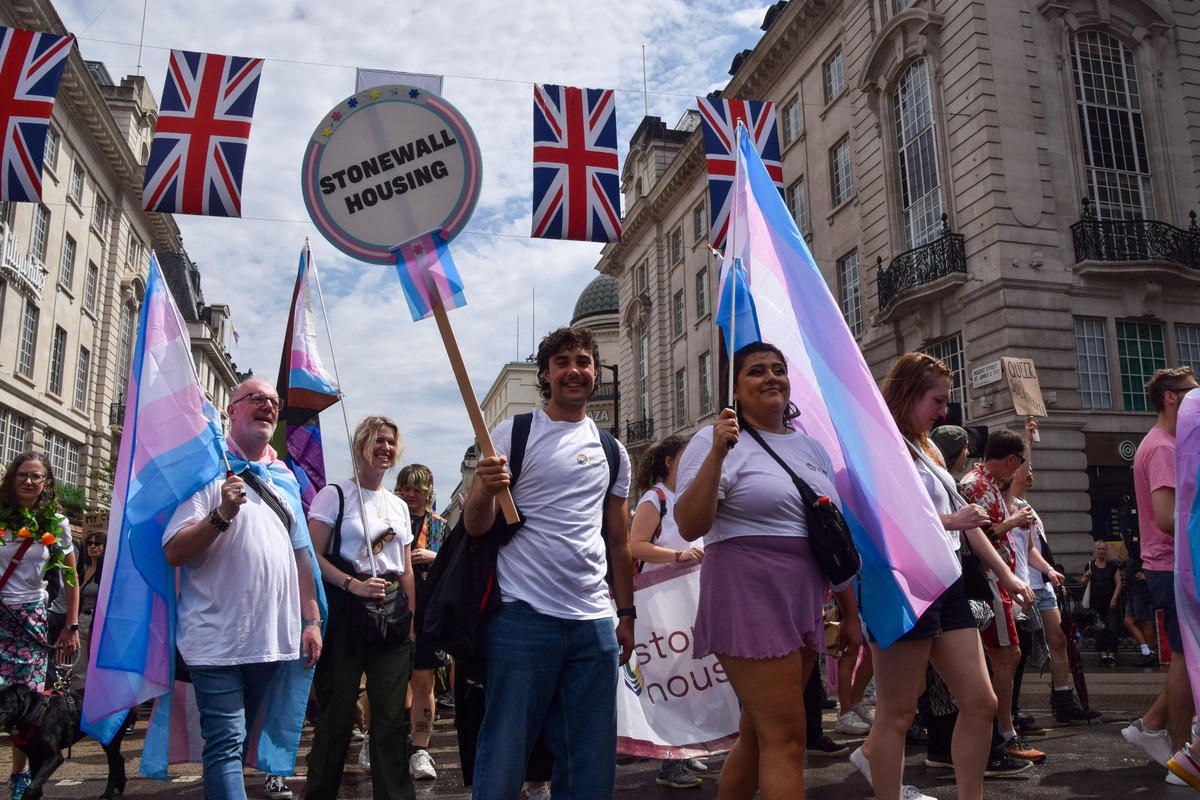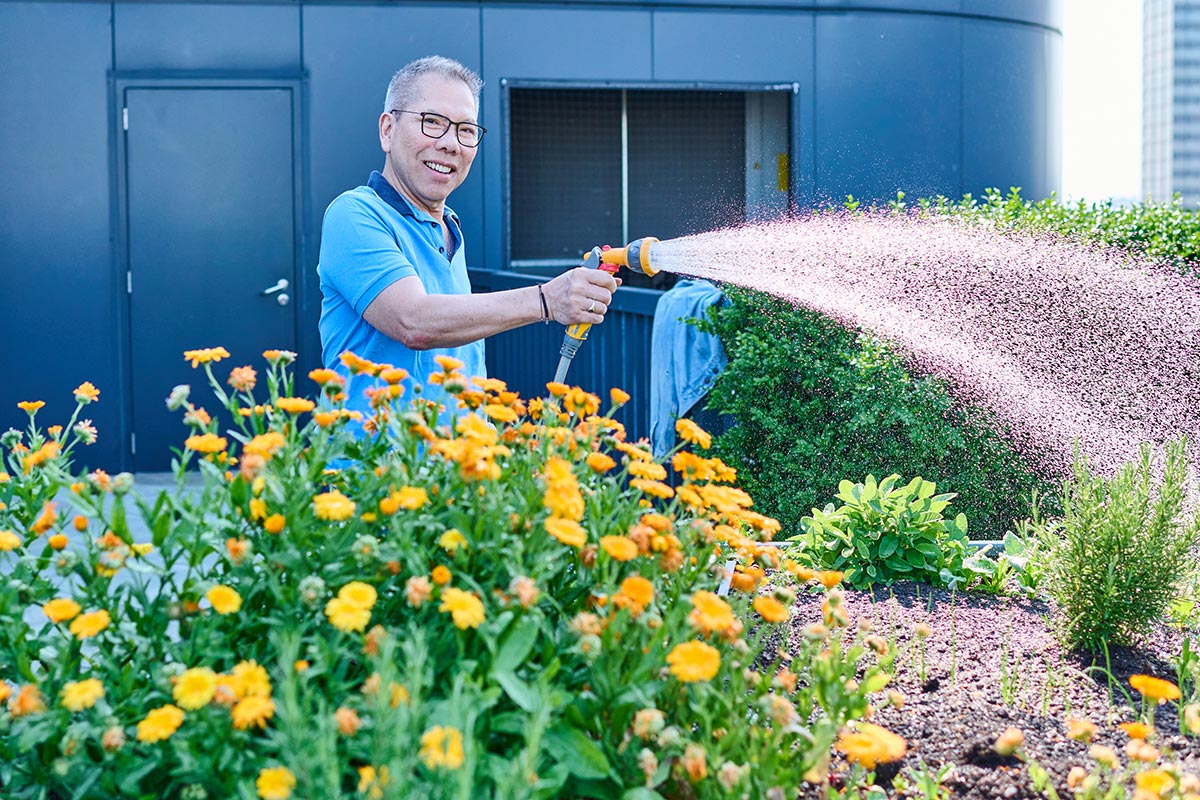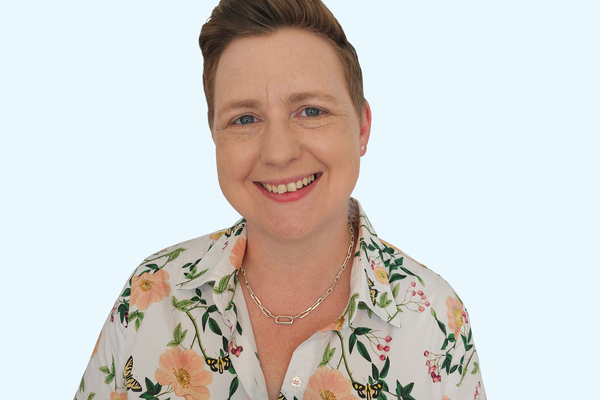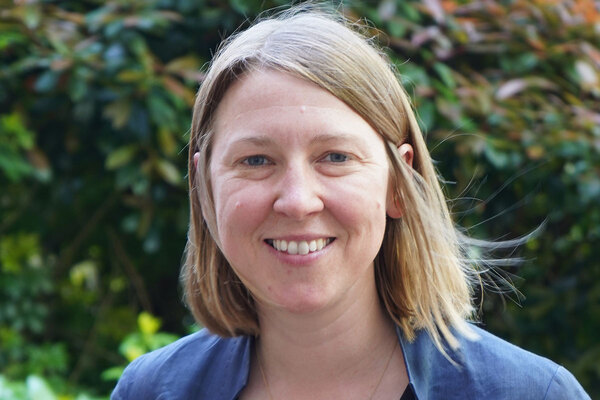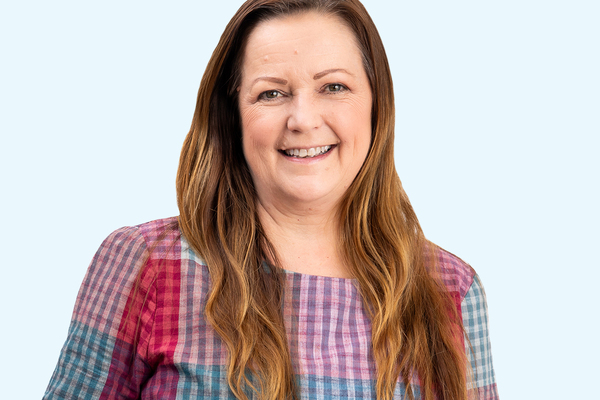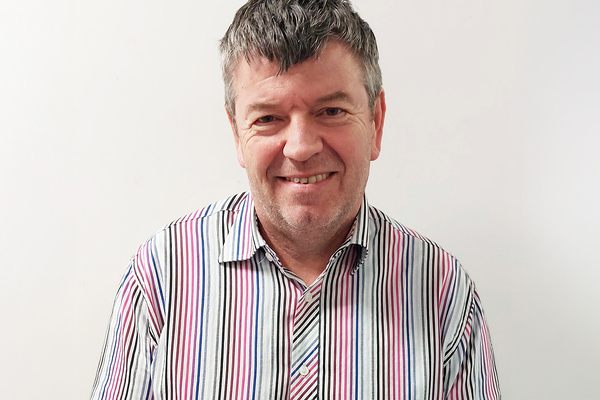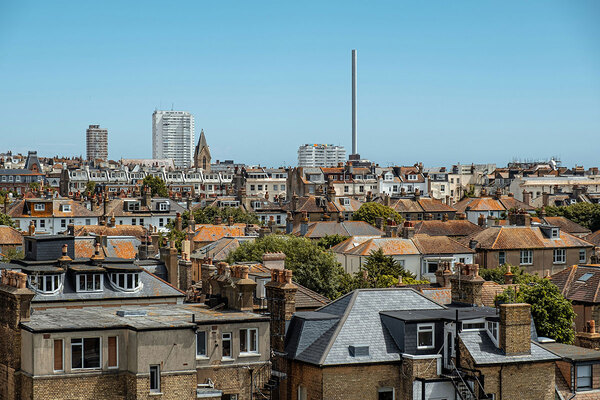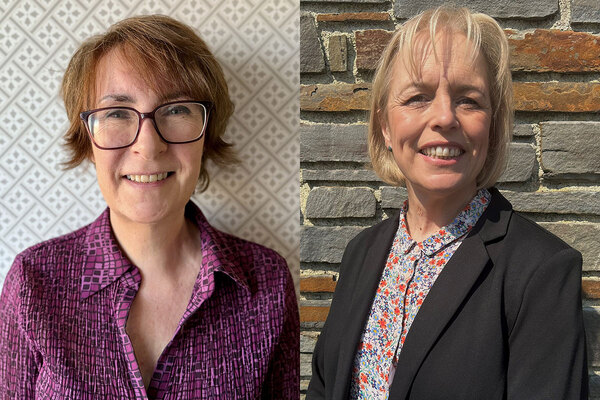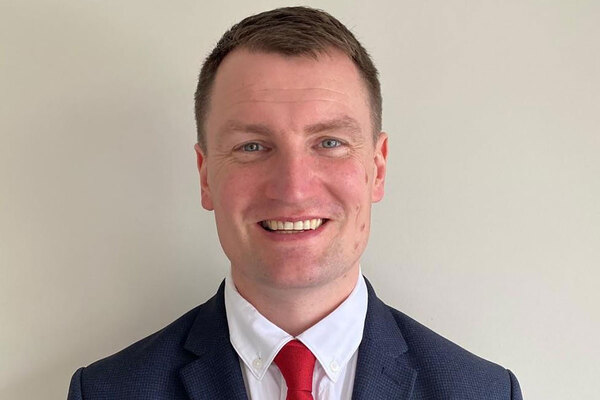
Anyi Hobson is a board member of Freehold, and director of SEAM Advisory
When one generation meets another: why intergenerational conversations are vital to LGBTQ+ rights
The social housing sector can look back at history for lessons on how to improve LGBTQ+ rights today, writes Anyi Hobson
There have undoubtedly been significant gains for LGBTQ+ people and causes over the years. Yet recent events indicate that there is still a long way to go. The US Supreme Court recently ruled against a Colorado state law which requires businesses to treat same-sex couples equally, on the grounds that it violates free speech.
Uganda’s recently passed anti-gay law, which comes with the potential of a death sentence, and the record rise in anti-LGBTQ+ hate crimes present even more examples of why it’s so essential that the LGBTQ+ community and its allies keep fighting for visibility, representation and protection.
However, if those battles are to be successful, they cannot be fought alone. As a new generation of activists takes up LGBTQ+ causes, there’s much that they can learn from their veteran counterparts. But those older activists can also learn from the tools and tactics used by younger activists.
Together, they could achieve significant gains, both for their own causes and those with which they’re allied.
In order to understand why that’s the case, it’s worth taking a trip back through history.
Significant strides were made in the late 1960s and 1970s, including the 1969 Stonewall Uprising in New York’s Greenwich Village, the Pride marches to commemorate it, which are still being celebrated today, and the founding of the Gay Liberation Front (GLF).
Marsha P Johnson and Sylvia Rivera co-founded Star (Street Transvestite Action Revolutionaries) in 1970, the first housing shelter for LGBTQ+ youth and sex workers in the US. There would be subsequent iterations of Star, including Transy House and Marsha’s House. The latter still exists today.
Star would go on to be involved in Intro 475, which was launched in 1971 and would result in the passage of the New York City Gay Rights Bill, known as Local Law 2 of 1986. The law protects New York City’s LGBTQ+ population in the areas of housing, employment and public accommodations.
“50% of LGBTQ+ people living in social housing do not feel a sense of belonging in their local community and over a quarter report feeling lonely in the area where they live”
But there would be further setbacks for the LGBTQ+ community in the 1980s. Among them, the HIV/AIDS epidemic was perhaps the most defining and devastating. Referred to as “the gay plague” by both conservative politicians and journalists, delays to funding, research and treatment played out against the backdrop of an emerging conservative Christian political movement.
Having lived in New York at this time, and now seeing the increased homophobia, transphobia and other forms of discrimination that are ever present across the world, there are unfortunately parallels that we can draw when it comes to fighting today’s battles. Those of us who’ve been there before – whether members of the LGBTQ+ community or allied activists – have lessons to share on which an emerging cohort of activists can build.
The response then was comprehensive and holistic. Numerous groups rose up to fight back with resourcing and activism. And there was allyship: the very same communities that were fighting for their lives marched alongside us in Washington in April 1989 to fight for a woman’s right to choose.
This is not to say that we older generations have all the answers. As is the case with any kind of collaboration, there needs to be a two-way, in this case intergenerational, conversation.
Many older activists now head up or have senior positions in activist organisations. To keep those organisations relevant and fighting the right fights, they need to listen to younger activists. That’s true not just when it comes to their ability to disseminate activist messaging on newer, more effective platforms, but also in their ability to introduce new concepts, language and ways of thinking to the activist space.
Such an approach might result in corporations engaging more authentically with events like Pride. Beyond that, we should also be working towards a world where businesses and allied employees don’t simply ‘show up’ during Pride. There has to be an active pursuit of diversity, equity and inclusion all year round.
Finally, intersectionality within the LGBTQ+ community could be addressed more effectively.
“Having lived in New York at this time, and now seeing the increased homophobia, transphobia and other forms of discrimination that are ever present across the world, there are unfortunately parallels we can draw when it comes to fighting today’s battles”
These same principles should be applied to social housing in the UK. A study by the University of Surrey and Goldsmiths, University of London, found that 50% of LGBTQ+ people living in social housing do not feel a sense of belonging in their local community and over a quarter report feeling lonely in the area where they live. This is exacerbated among older members of the LGBTQ+ community.
What Star House began in New York in the 1970s led to the work that organisations like Stonewall Housing are doing in the UK today. Those early, informal interventions have resulted in legislation and frameworks in both countries that compel the social housing sector to act with accountability, especially in relation to the unique challenges the LGBTQ+ community faces.
There are increasingly influential groups and governments that wish to see the gains made over the past few decades reversed. The best hope of ensuring that they don’t succeed and that LGBTQ+ causes continue to advance is to ensure that the lessons of the past are married with those of the present.
Just imagine combining the knowledge, experience and resilience of the last century with today’s convictions, creativity and tools. By sharing experiences, wisdom and empathy, individuals from different generations can work together to create a more inclusive and affirming housing environment for all members of the LGBTQ+ community.
Anyi Hobson, board member of Freehold LGBT+ CIC and director at SEAM Advisory
